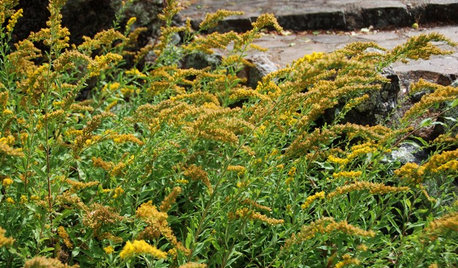Question for Dr. Manners re node count
Dave in NoVA • N. Virginia • zone 7A
17 years ago
Featured Answer
Sort by:Oldest
Comments (23)
nero
17 years agoDave in NoVA • N. Virginia • zone 7A
17 years agoRelated Professionals
New Bedford Landscape Architects & Landscape Designers · Barrington Hills Landscape Architects & Landscape Designers · Wheeling Landscape Architects & Landscape Designers · Wixom Landscape Architects & Landscape Designers · Annandale Landscape Contractors · Bowie Landscape Contractors · Brockton Landscape Contractors · Burlington Landscape Contractors · Dinuba Landscape Contractors · Euclid Landscape Contractors · Homewood Landscape Contractors · Muttontown Landscape Contractors · Sammamish Landscape Contractors · Westford Landscape Contractors · Camp Springs Landscape Contractorsnero
17 years agomalcolm_manners
17 years agoDave in NoVA • N. Virginia • zone 7A
17 years agonero
17 years agomalcolm_manners
17 years agonero
17 years agoDave in NoVA • N. Virginia • zone 7A
17 years agosilica
17 years agoDave in NoVA • N. Virginia • zone 7A
17 years agosilica
17 years agonero
17 years agosilica
17 years agoDave in NoVA • N. Virginia • zone 7A
17 years agoDave in NoVA • N. Virginia • zone 7A
17 years agonero
17 years agoDave in NoVA • N. Virginia • zone 7A
17 years agoDave in NoVA • N. Virginia • zone 7A
17 years agonero
17 years agoDave in NoVA • N. Virginia • zone 7A
17 years agomalcolm_manners
17 years ago
Related Stories

LIFETable Manners for Modern-Day Dining
Elbows and cell phones? Maybe. Forgetting to say 'thank you'? No way. Our mealtime etiquette guide takes the guesswork out of group dining
Full Story
REMODELING GUIDESSurvive Your Home Remodel: 11 Must-Ask Questions
Plan ahead to keep minor hassles from turning into major headaches during an extensive renovation
Full Story
KITCHEN DESIGN9 Questions to Ask When Planning a Kitchen Pantry
Avoid blunders and get the storage space and layout you need by asking these questions before you begin
Full Story
SELLING YOUR HOUSE15 Questions to Ask When Interviewing a Real Estate Agent
Here’s what you should find out before selecting an agent to sell your home
Full Story
GARDENING GUIDES6 Native Goldenrods Worth a Second Look
Goldenrod gets a bad rap as being aggressive, but these more mannerly choices offer a bunch of benefits
Full Story
MOST POPULARHow High Should You Mount Your TV?
Today we look at an important question to consider when locating your television: How high should you set it?
Full Story
MOST POPULARModern Party Etiquette for Hosts and Guests
Learn the mannerly way to handle invitations, gifts and even mishaps for a party that's memorable for the right reasons
Full Story
REMODELING GUIDES6 Must-Know Lessons From a Serial Renovator
Get your remodel right the first time, with this insight from an architect who's been there too many times to count
Full Story
KITCHEN DESIGNA Cook’s 6 Tips for Buying Kitchen Appliances
An avid home chef answers tricky questions about choosing the right oven, stovetop, vent hood and more
Full Story
GREEN BUILDINGWhat's LEED All About, Anyway?
If you're looking for a sustainable, energy-efficient home, look into LEED certification. Learn about the program and its rating system here
Full StoryMore Discussions







HU-952164518